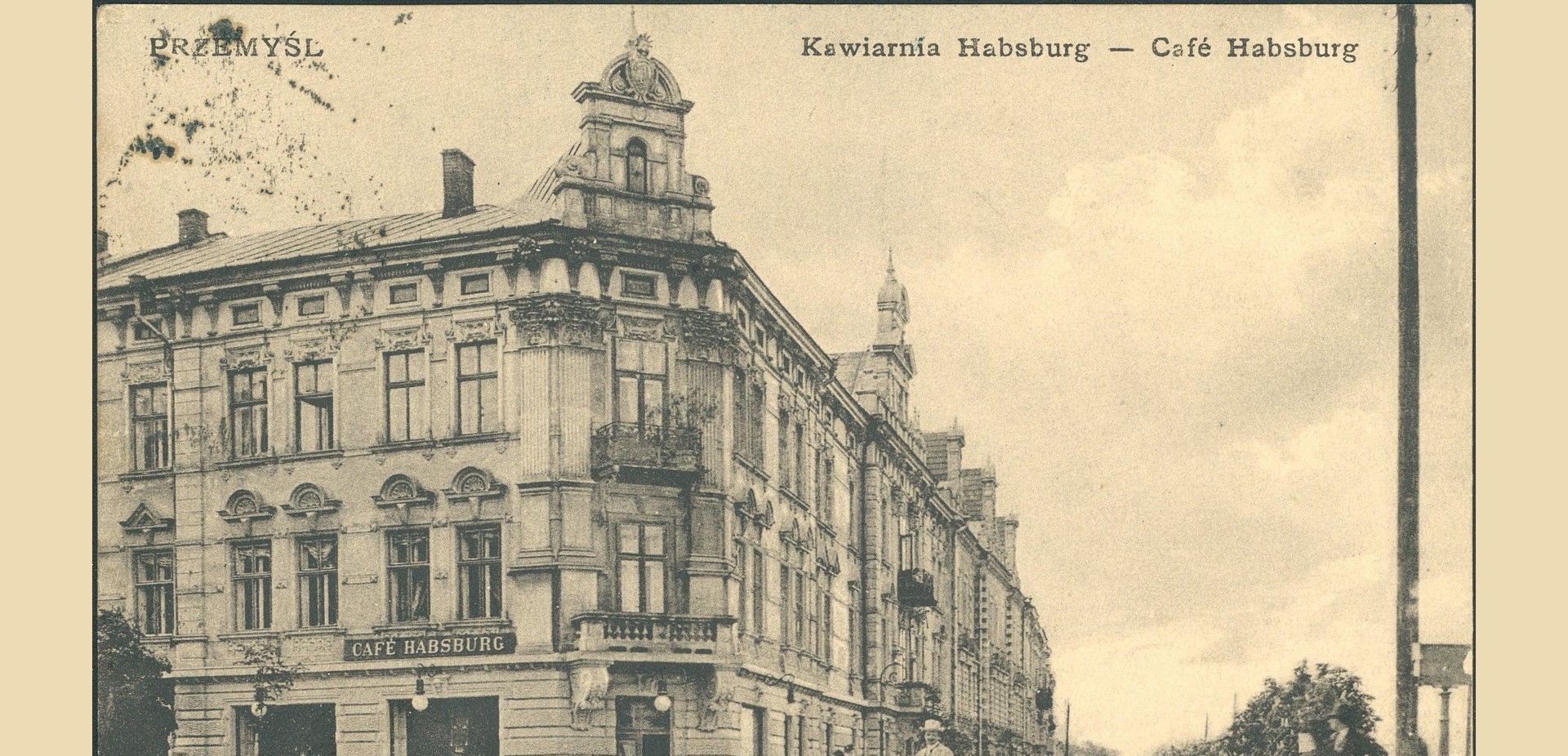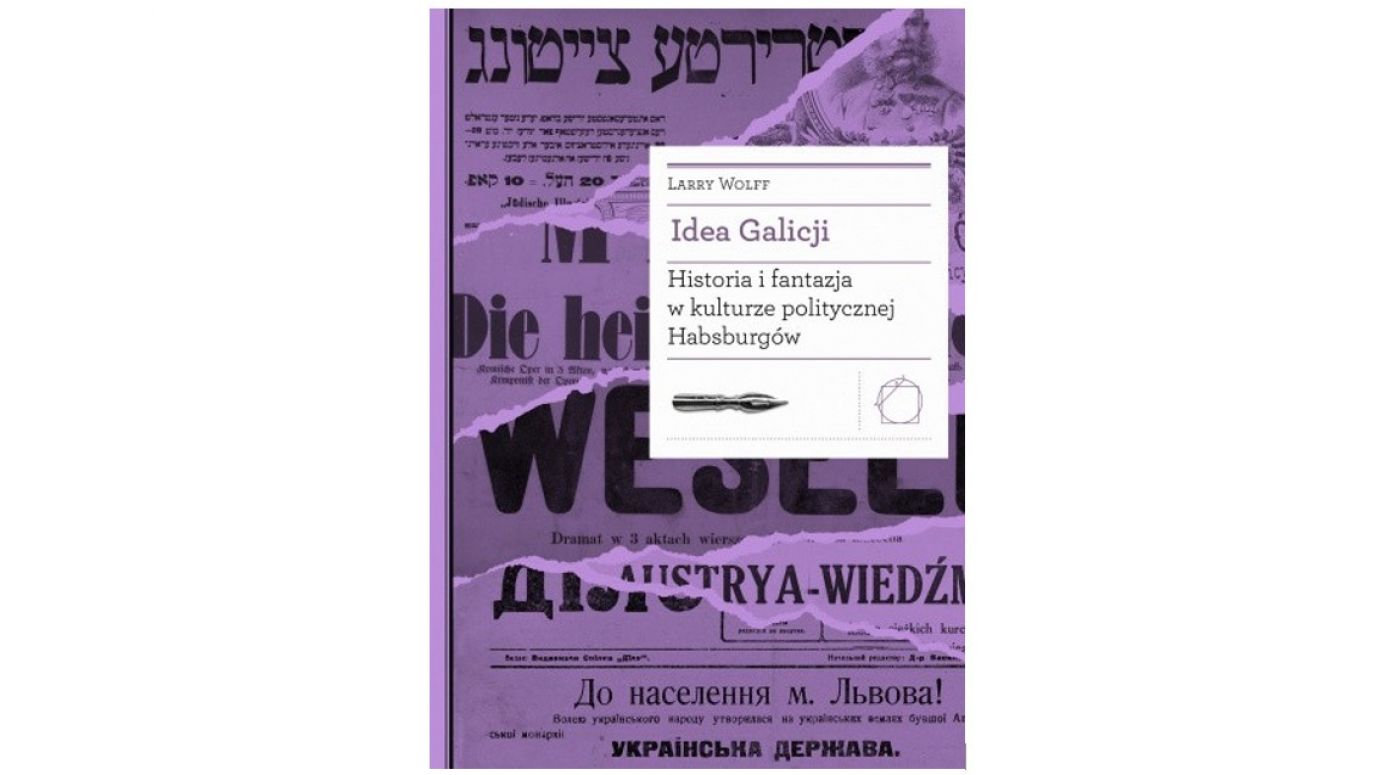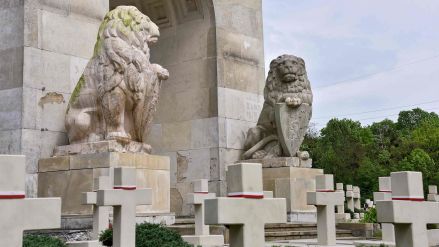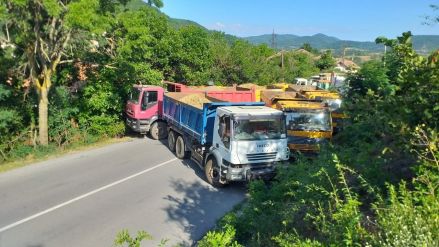She had a difficult childhood. When it was established by imperial decree in 1772, another, Spanish Galicia, had already existed for centuries. Vienna officials knew this, but the competing names – Anterior Hungary, Austrian Poland, Grand Duchy of Lviv – were laughable. The reference to the mediaeval Principality of Galicia–Volhynia (whose rulers briefly titled themselves kings) was also flawed. First of all, the territory of the duchy in question did not at all coincide with the area detached from the Republic. In addition to Red Ruthenia, the Austrian annexation included Spisz, southern Lesser Poland, the Duchy of Auschwitz and Zator, as well as parts of Volhynia and Podolia. The Kingdom of Galicia and Lodomeria, proclaimed in 1772, as a grossly artificial creation, could not become the beloved child of an increasingly conservative monarchy. Its only natural border was that of the southern Carpathian Mountains, which had separated Poland from Hungary for centuries.
 SIGN UP TO OUR PAGE
SIGN UP TO OUR PAGE 
Empress Maria Theresa found the new acquisition troublesome, not least for moral reasons. Galicia, a few years before it appeared on the map, had suffered heavily during the battles between the Confederates of Bar and the Russians. From the start, it also had the reputation of being a peripheral province, difficult to defend and manage. The salt mines of Bochnia and Wieliczka, as well as the 20,000-strong city of Lviv, one of the richest in the Polish-Lithuanian Commonwealth, were undoubtedly tempting morsels. But in Maria Theresa’s eyes, Galicia could only be a consolation prize for lost Silesia.
Her successor, Joseph II, an Enlightenment messianist, announced that he would “cure barbarism and backwardness” in the cheaply conquered territories. The reverse of this civilising mission was the black legend of Galicia – the “land of the bears” – promoted by imperial officials. The first governor, Count Johann Anton Perger, reported to Vienna that he found disastrous roads, an ignorant populace, a sloppy nobility and an uneducated clergy.
Austrian rule ensured that this stereotype was perpetuated. At the end of the 18th and the beginning of the 19th century, the Habsburgs were almost constantly at war. Governors were expected to collect taxes efficiently and obtain cannon fodder. Investments mainly concerned the police, as the country was expected to be peaceful and as such orderly. The plan was to exchange Galicia for other territory: Silesia, Bavaria or Dalmatia, and it became obsolete only after the fall of Napoleon.
Lviv was the greatest beneficiary of the transition of the southern lands of the Commonwealth to Habsburg rule. From being the capital of a province, it became the head of the largest province of the empire (a contender for this dignity was Przemyśl). The university founded by Joseph II was to produce a new elite. The old ones had long resented Vienna’s policies. Imperial officials, usually of bourgeois origin, lived with the Polish nobility like cats and dogs. Added to this was the language barrier. Outside the cities, few people spoke German, so they got along in French. Latin was also in use in the Catholic monarchy.
With more than enough evidence of the disloyalty of the heraldic clan, the authorities began to coax the peasants. In 1846, it became apparent how successful it was in this regard. Instead of an uprising, the peasants – and not at all the Ukrainian peasants – set out to loot the manor houses and massacre their inhabitants (the so-called Galician Slaughter; its most famous leader was Jakub Szela). This was a turning point. The Galician elite, stripped of their illusions, realised that they had to “calculate”, i.e. make a deal with the Emperor. On the Danube, too, they realised that the Germanisation of their Slavic subjects was a pipe dream.
Artists and bureaucrats
Autonomy brought stability that lasted half a century. Poles and Ruthenians became mainstays of the monarchy, but Galicia’s greatest patriots could be found in the synagogues. The cosmopolitanism of the Habsburgs was rightly regarded by the Jews as a guarantee of security, the preservation of religion and tradition. They therefore rejected assimilationist temptations. Accession to Polishness was claimed only by individuals: educated idealists, keeping away from rabbis and tzaddiks. Ironically, in the Austrian partition, literature, science and the fine arts were doing better and better, reaching their high point in the last phase of Franz Joseph’s reign. To stop at just the most famous names, Galicia gave us: Aleksander Fredro, Artur Grottger, Jan Matejko, Helena Modrzejewska, Ignacy Łukasiewicz, Stanisław Wyspiański, the Kossak and Estreicher dynasties.



 SIGN UP TO OUR PAGE
SIGN UP TO OUR PAGE 





